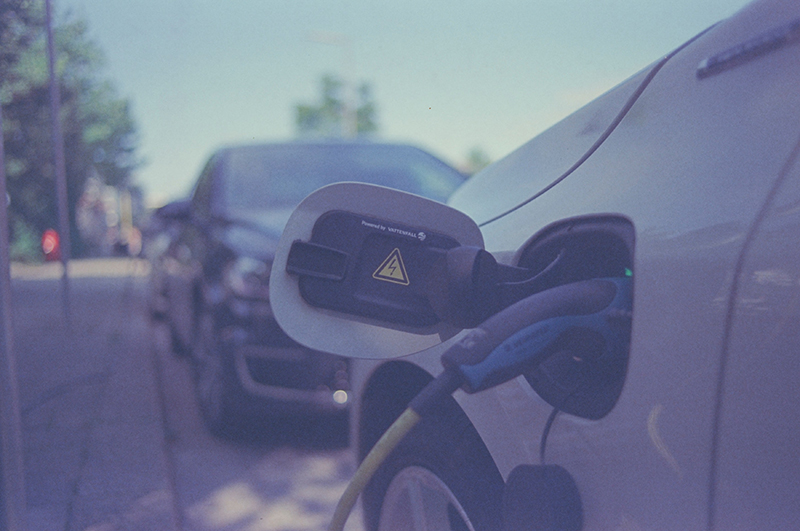New 2D materials could be key to high-capacity batteries
Results of study suggest potential in electrochemical energy storage and conversion.

Researchers at Tulane University, USA, have developed a suite of two-dimensional materials that they say could be used in advanced electronics and high-capacity batteries.
In a paper published in Advanced Materials, the scientists explain that two-dimensional materials are nanomaterials with thickness in the nanometer size and lateral dimensions thousands of times the thickness.
Called, transition metal carbo-chalcogenides (TMCC), the material combines the characteristics of two families of 2D materials—transition metal carbides and transition metal dichalcogenides.
The researchers suggest there is potential in electrochemical energy storage and conversion. However, their low electrical conductivity and stability could be a challenge.
“Instead of stacking the two different materials like Lego building blocks with many problematic interfaces, here we develop a new 2D material that has the combination of both compositions without any interface,” lead researcher Michael Naguib explained in a press release.
The team used an electrochemical-assisted exfoliation process by inserting lithium ions in-between the layers of bulk transition metals carbo-chalcogenides followed by agitation in water, meaning creation of the 2D TMCC nanomaterials is potentially simple and scalable.







